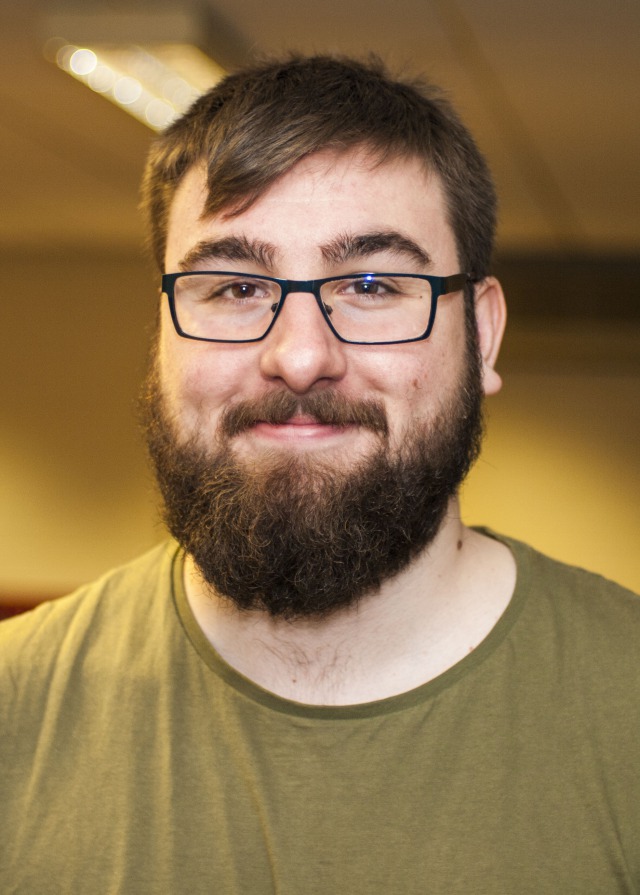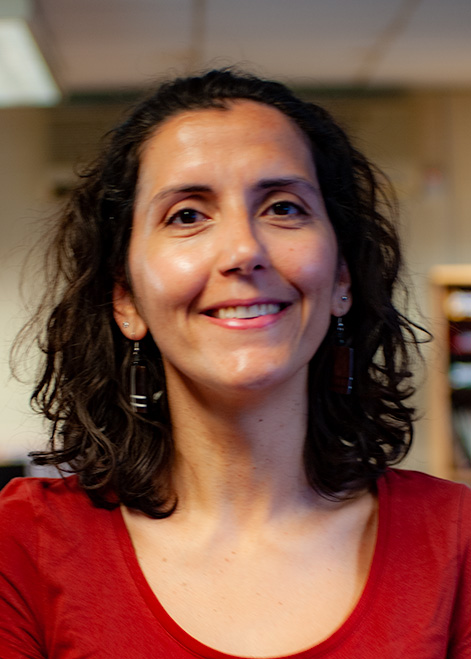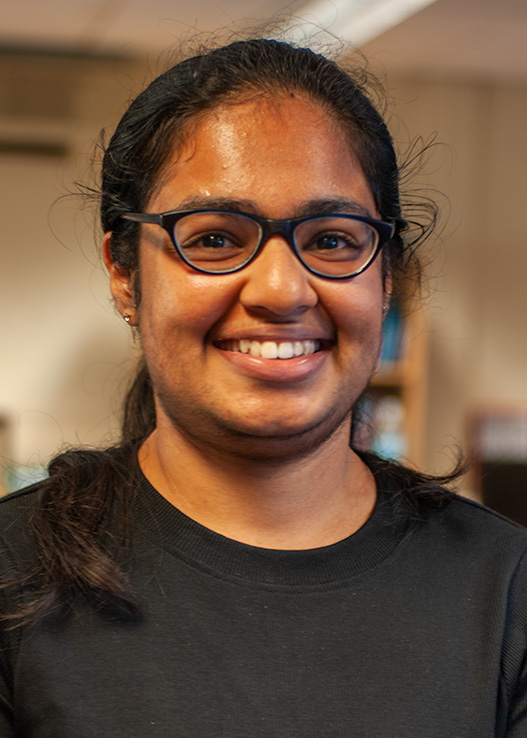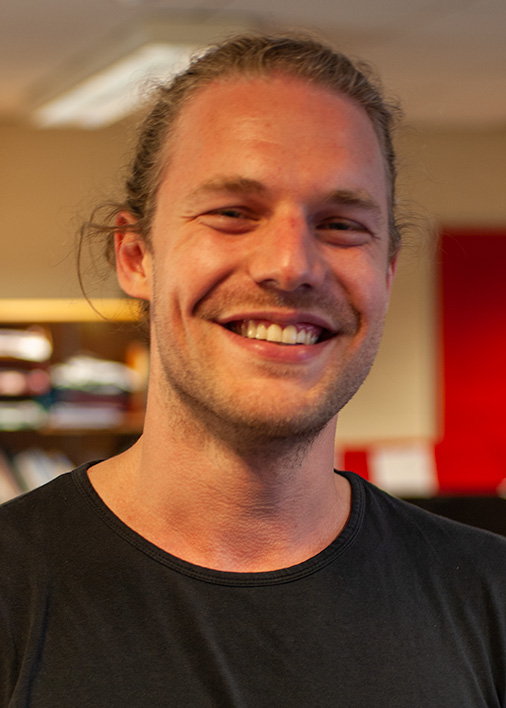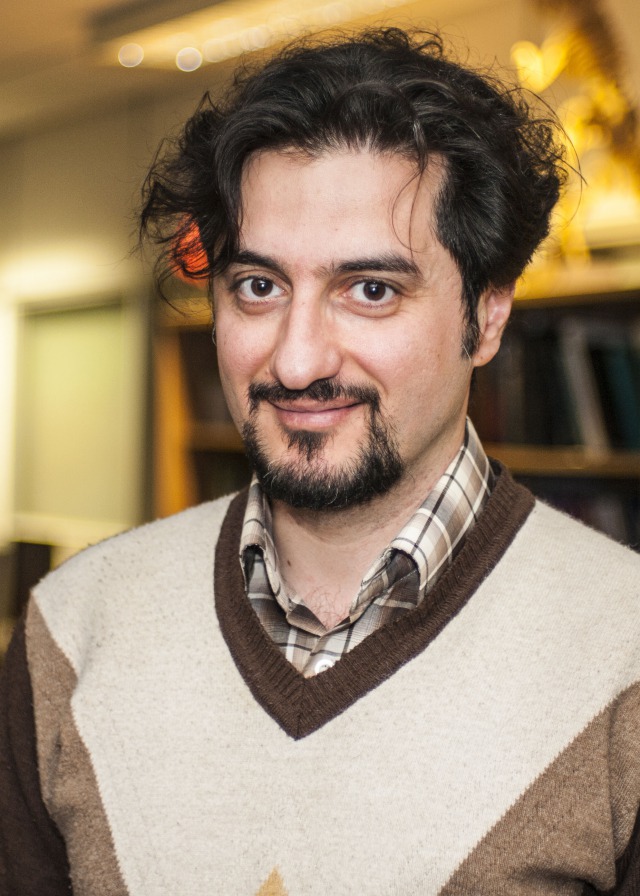We translate neurobiological principles of sensory computing into event-based algorithms for data processing, inference and control.
We accelerate those algorithms using Neuromorphic Systems: brain-inspired computer architectures that accelerate event-based computation.
We evaluate the performance of those systems and algorithms in robotic AI tasks such as neuromorphic olfaction and gas-based navigation.
Projects
Event-based olfaction
We develop novel apporaches to machine olfaction that leverage the event-based sampling paradigm, and algorithms to for gas detection and identification. We combine principles of olfactory processing in the brain with research into gas dispersion in turbulent environments to design new algorithms and devices for gas detection, identification, and gas-based robotic navigation.
Exploiting plume structure to decode gas source distance using metal-oxide sensors. Schmuker M, Bahr V, and Huerta R (2016).Sensors and Actuators B: Chemical 235:636-646. Full Text (paywalled) | Preprint (Open Access)
Neuromorphic computing
Neuromorphic hardware is a new kind of brain-inspired computing hardware that involves a massively parallel, event-based approach to computing. We design algorithms for sensing, inference and control on neuromorphic hardware platforms.
A neuromorphic network for generic multivariate data classification. Schmuker M, Pfeil T, Nawrot MP (2014). Proceedings of the National Academy of Science 111(6):2081-2086. Full Text (Open Access)
Chemical space of odorants
Fragrance and aroma are an essential part of everyday life. Yet, the relationship between the chemical structure of odorants and their percepts remain largely elusive. We use machine learning to mine the chemical space of odorants in order to uncover structure-activity relationships for odorants and their receptors.
Computational exploration of molecular receptive fields in the olfactory bulb reveals a glomerulus-centric chemical map. Jan Soelter, Jan Schumacher, Hartwig Spors, Michael Schmuker (2018). bioRxiv 489666; Preprint (Open Access)
Data science and analytics for neuroscience
We collaborate with leading neuroscience labs to stay on the forefront of discovery in olfaction and brain-like computing. Sometimes we can contribute our expertise in data science and machine learning and help extract knowledge from challenging datasets.
Decoding odor quality and intensity in the Drosophila brain. A. Strutz, J. Soelter, A. Baschwitz, A. Farhan, V. Grabe, J. Rybak, M. Knaden, M. Schmuker, B. S. Hansson, and S. Sachse (2014). Elife 3:e04147. *Open Access.* Full text (Open Access)
The team


